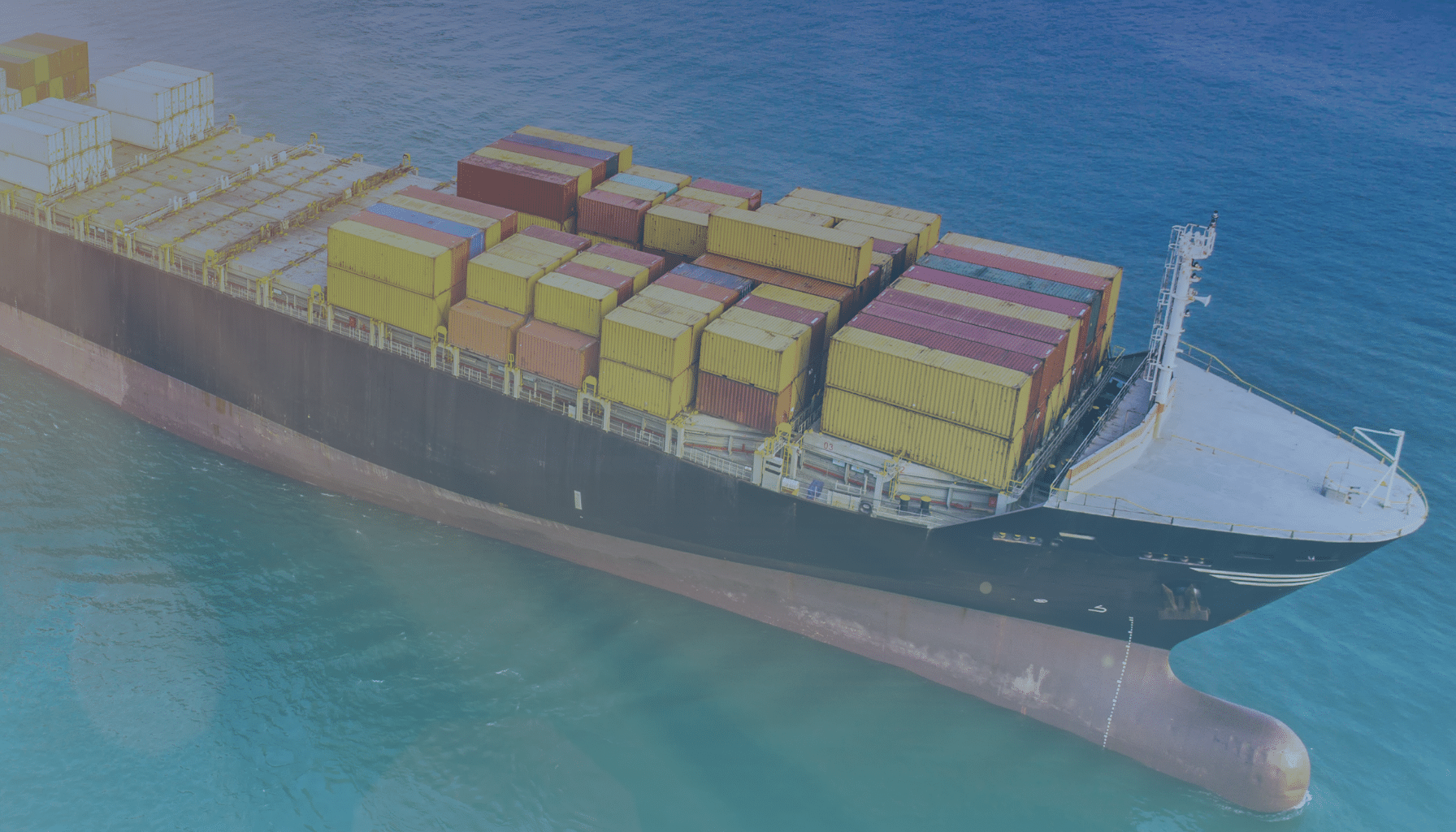Expanding your business internationally can unlock incredible growth opportunities, new markets, and diverse customer bases. However, along with the benefits come complex tax compliance challenges. Cross-border tax compliance requires businesses to navigate different tax laws, VAT/GST obligations, and regulatory requirements across multiple jurisdictions. Failing to do so can lead to penalties, financial losses, and even reputational damage.
In this guide, we’ll break down everything you need to know about cross-border tax compliance, including the key challenges, strategies to stay compliant, and tools to streamline the process.
Understanding Cross-Border Tax Compliance
When selling internationally, businesses must comply with the tax laws of each country they operate in. This means understanding obligations related to:
- Value-Added Tax (VAT) and Goods & Services Tax (GST)
- Sales tax in the U.S.
- Import duties and tariffs
- Tax registration and filing requirements
- Digital services tax (DST) for online businesses
- Economic Nexus rules
Each country has unique rules, and tax authorities are increasingly cracking down on non-compliance, making it crucial to stay ahead of evolving regulations.
Key Challenges in Cross-Border Tax Compliance
1. Understanding Different Tax Systems
Each country has its own tax structure. For example, European countries use VAT, whereas the U.S. follows a state-based sales tax system. Keeping track of multiple tax schemes can be overwhelming, especially as laws frequently change.
2. Navigating VAT & GST Obligations
Many countries require foreign businesses to register for VAT or GST if they sell goods or services to local customers. For instance, the EU’s One Stop Shop (OSS) scheme simplifies VAT compliance for businesses selling within the EU, but companies must still ensure proper tax collection and reporting.
3. U.S. Sales Tax & Economic Nexus
Unlike VAT/GST, sales tax in the U.S. is governed at the state and local levels, meaning that businesses must track economic nexus thresholds. Selling to customers in multiple states may require tax registration, collection, and remittance in each jurisdiction.
4. E-commerce & Marketplace Regulations
Online sellers and marketplaces face specific tax requirements, such as Amazon and eBay marketplace tax collection laws. Some regions, including the EU and Australia, mandate that online marketplaces collect VAT on behalf of sellers.
5. Import Duties and Customs Regulations
Selling physical goods internationally means dealing with import duties, tariffs, and customs documentation. Countries impose taxes based on product classification, country of origin, and trade agreements, which businesses must correctly calculate and report.
6. Staying Compliant with Digital Services Tax (DST)
Countries like the UK, France, and India have introduced digital services taxes (DST) targeting online platforms. If you sell software, streaming services, or digital products, understanding your DST obligations is crucial.
Strategies to Stay Compliant
1. Determine Where You Have Tax Obligations
Conduct a nexus study or VAT assessment to identify where your business needs to register, collect, and remit taxes. This includes:
- Checking VAT/GST registration thresholds in different countries
- Monitoring U.S. economic nexus thresholds per state
- Evaluating import/export tax requirements
2. Automate Tax Calculation & Reporting
Manually managing international tax compliance is time-consuming and error-prone. Using automated tax solutions like Complyt can help businesses:
- Calculate taxes in real-time based on location
- Generate and file tax reports
- Track tax rate changes automatically
3. Register for Tax in Relevant Jurisdictions
If your business crosses tax thresholds in different regions, you must register for VAT, GST, or sales tax. Some countries allow simplified registration processes, such as the EU’s OSS for VAT reporting.
4. Keep Accurate Records & File on Time
Many tax authorities require businesses to maintain detailed records of sales, tax collected, and transactions. Using accounting software integrated with tax compliance tools can simplify this process and ensure timely tax filings.
5. Understand Marketplace & Platform Tax Policies
If you sell on Amazon, Shopify, or other platforms, ensure you comply with their tax collection policies. Some marketplaces handle tax on behalf of sellers, while others require you to manage tax compliance independently.
6. Monitor Regulatory Changes
Tax laws are constantly evolving, and staying informed is key to avoiding non-compliance penalties. Consider working with tax professionals or using a compliance partner like Complyt to keep up with new regulations.
How Complyt Can Help You Stay Compliant
Scaling internationally shouldn’t be limited by tax compliance complexities. Complyt’s advanced tax automation technology ensures that businesses:
- Stay compliant in every market with automated tax calculations
- Meet global tax regulations without manual tracking
- Seamlessly integrate tax compliance into their existing ERP, accounting, or e-commerce platforms
Conclusion
Cross-border tax compliance is a critical part of scaling internationally. Understanding and managing tax obligations in multiple jurisdictions can be challenging, but with the right strategies and technology in place, businesses can expand confidently while staying compliant.
By leveraging automation, staying informed about regulatory changes, and using tools like Complyt, you can focus on growth without worrying about tax compliance headaches.
🚀 Looking for an easy way to manage cross-border tax compliance? Book a demo with Complyt today and simplify your global expansion!



